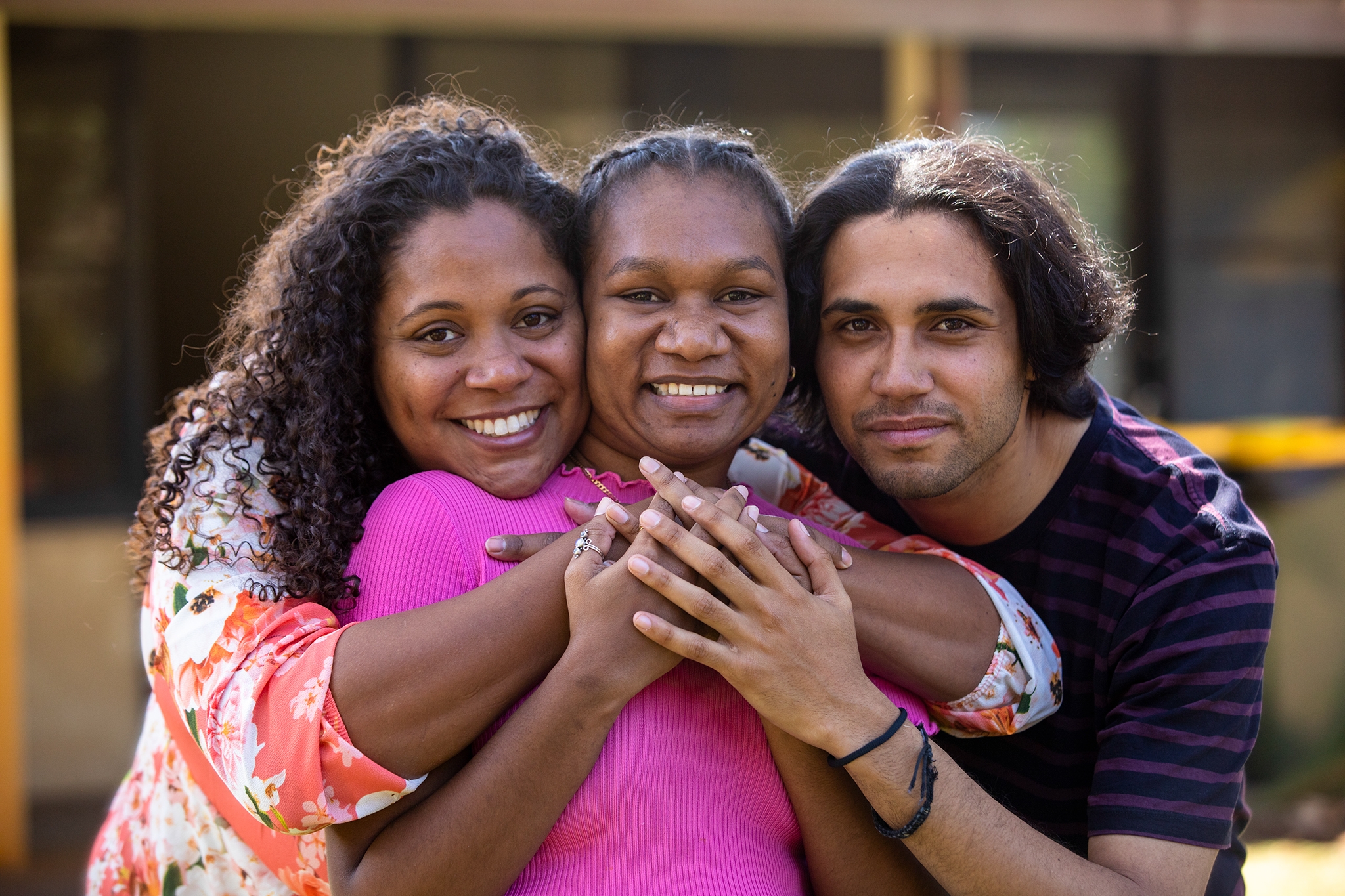- Patients
- Radiation therapy
- External beam radiation therapy

External Beam Radiation Therapy (EBRT)
Learn more about EBRT and it's use as a type of radiation therapy treatment.
What is external beam radiation therapy (EBRT)?
EBRT is a type of radiation therapy that delivers targeted, high-energy radiation beams to a tumour from outside the patient’s body. It aims to destroy cancer cells while minimising damage to surrounding tissue. EBRT is delivered using a machine called a linear accelerator – commonly abbreviated to LINAC.1,2
How is treatment given?
After an initial consultation with their treating radiation oncologist, patients attend a simulation appointment where computed tomography (CT) scans are used to develop a personalised EBRT treatment plan. These scans help the radiation oncologist plan where to target the radiation beam, what dose to give, and how to position the patient’s body during their treatment sessions. During each treatment session, the radiation therapists use this treatment plan to correctly position the patient’s body and deliver the prescribed radiation therapy.1
What happens during treatment sessions?
During EBRT treatment sessions, patients lie on a treatment table or 'couch' or 'bed' under the LINAC machine. The machine does not touch the patient, but it usually rotates around the body to precisely deliver radiation to the targeted area of cancer cells while minimising radiation to surrounding healthy tissue.1
EBRT treatment is painless, but as with any cancer treatment, it may have side effects. The type and severity of side effects vary among individuals, and risks may be affected by cancer type and location, general health, and previous treatments.1 Patients should talk to their doctor for detailed information about possible side effects of any treatment that is recommended.
How many sessions will I need?
Everyone is different and treatments are personally tailored for each individual patient. Some patients will need daily sessions over several weeks, while others will need fewer sessions.1 Patients should ask their doctor about the number of treatments they require.
At GenesisCare, we know that it can be tough to fit regular appointments into busy life, so we strive to work with our patients to schedule suitable treatments times.
Find a centre near you
Read next

Our centres
In Australia, we have more than 40 oncology centres in metro and regional Queensland, New South Wales, Victoria, South Australia, and Western Australia.

Our doctors
Our experienced, specialised doctors offer bespoke, dedicated care aiming to provide the best possible clinical outcomes.

Radiation therapy for cancer
Radiation therapy uses high energy X-rays or other particles to treat cancer and can be used at all stages.
- Cancer Council. Understanding Radiation Therapy. December 2021. Available: https://www.cancer.org.au/cancer-information/treatment/radiation-therapy [accessed January 2024].
- Radiation Oncology Targeting Cancer. External beam radiation therapy (EBRT). Available: https://www.targetingcancer.com.au/radiation-therapy/ebrt/ [accessed January 2024].

You are leaving our website
You are now leaving our website. GenesisCare do not control this content and therefore are not responsible for its accuracy or reliability.
Disclaimer:
This website is provided for information purposes only. Nothing on this website is intended to be used as medical advice, or to diagnose, treat, cure or prevent any disease. It should not be used as a substitute for your own health professional's advice. Any medical procedure or treatment carries risks. Before proceeding with treatment, you should discuss the risks and benefits of the treatment with an appropriately qualified health practitioner. Individual treatment outcomes and experiences will vary.